By Brandon Colon
I know for most students whether they are in middle school, high school or even college it felt like the last day of class was just yesterday. But as we have all experienced to well summer came and went, and we are merely weeks away from the first day of school in the Tri-State area.
With the beginning of school comes the start of sports from the middle school level all the way to the professional level (NFL regular season 9/07/17). But along with sports comes the nagging pain and injuries that cannot only ruin your season but your life.
NFL training camp has already begun with many players suffering injuries. Including a few concussions, which have seen a rise in recent years not only in the professional ranks but also in youth sports.
According to the Center for Disease Control (CDC), the amount of reported concussions has doubled in the last 10 years. Back in 2012, 3.8 million concussions were reported which doubled the number of concussions reported in 2002.
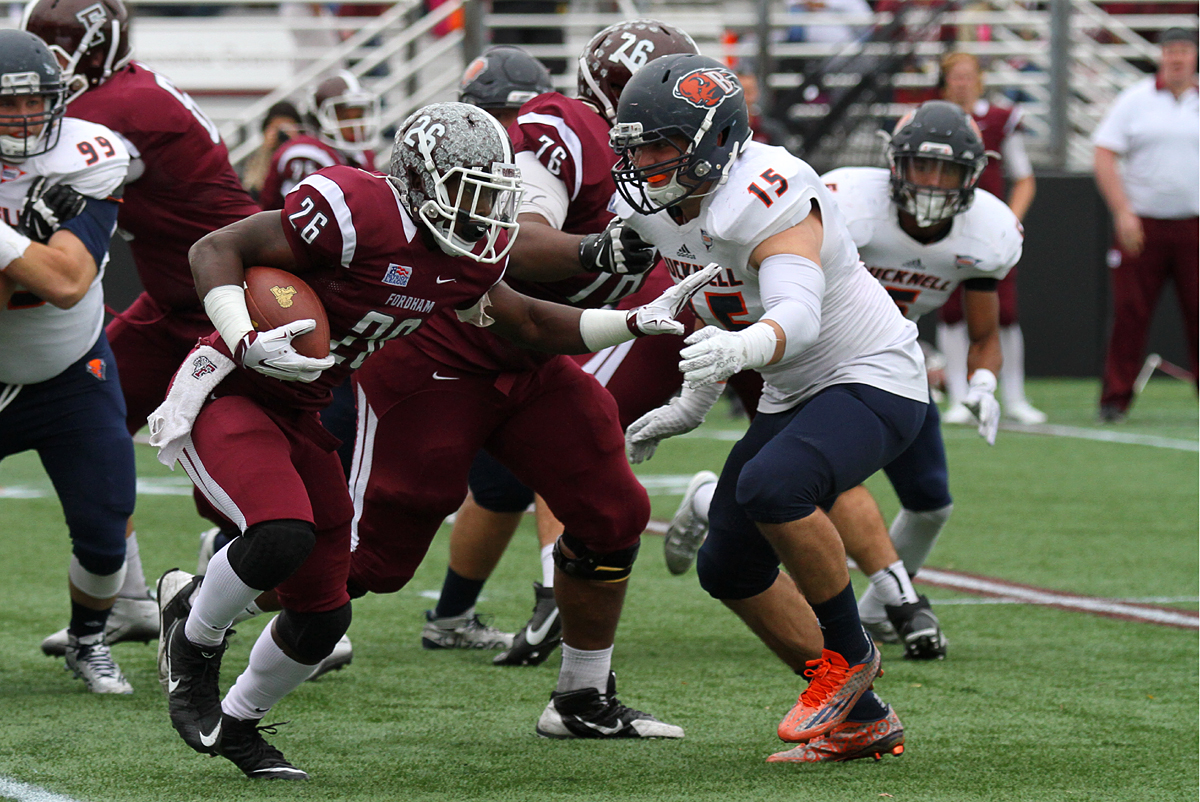
File
Concussions are an injury that has been the topic of discussion for many years now and for good reason. Many people have had their lives changed by the devastating head injury, while a select few like former San Francisco 49er Chris Borland have decided to retire early to prevent brain injuries.
Concussions do not just affect football players but all athletes in all sports and age groups. The number of concussions in kids 8-13 has doubled and so have the number of concussions in teen’s ages 14-19. While football may have the highest concussion rates, boy’s ice hockey and lacrosse and girls soccer and lacrosse are not far behind.
I had the pleasure of speaking with Angelo Marsella the Director of the Sports Medicine department at Professional Physical Therapy who has been a certified Athletic Trainer since 1999. We discussed what a concussion is, how it can be prevented, and the role of the athletic trainer during play and during recovery.
According to the CDC, a concussion is a type of traumatic brain injury usually caused by a bump or blow to the head or a hit to the body, which cause the head and brain to move back and forth rapidly. It is imperative that coaches, parents and even teammates know what to look for when it comes to signs of concussions.
“There are many different signs of a concussion, there are signs that can be observed by parents, friends or coaches and there are signs that the athlete will report,” said Marsella. “ The signs that can be observed are that they appear dazed or stunned, they’re confused and sometimes clumsy on rare occasions there is a loss of consciousness. Some of the symptoms the athlete will report are that they have a headache, double or fuzzy vision, they‘re sensitive to light, and often times their confused,” he added.
Head injuries are very serious so it is important that no player should be rushed back into play without medical permission.
“Once they’re diagnosed with a concussion they obviously need to be pulled from their event and sent to the doctor and no longer allowed to return to the event for that day,” said Marsella. “After they’ve seen a physician, they need to begin a gradual return to play which is to allow the brain to readjust to the exertion of going back into sports. There is typically a 6 stage return to play protocol that everyone typically goes through, which an athletic trainer oversees and each stage is increasing the exertion levels so their brain can adapt.”
According to Marsella stage, one is typically a low impact aerobic exercise with the athletic trainer monitoring the signs and symptoms as each stage increases gradually. “If they have any signs or symptoms during the activity they immediately stop the activity and they let them rest, they can’t advance to the next stage unless they’re symptom-free.”
Because everyone is different and their bodies and brains heal at their own rate there is no set timetable to return from a concussion. According to Marsella most cases, the signs and symptoms resolve in a couple weeks but there are some symptoms that take up to months to recover.
“The most aggressive signs of a concussion the pupils are dilated or are unequal if they’ve lost consciousness or they have blurred/double vision, and slurred speech, those are the biggest red flags and those are the ones they need to go to the emergency room,” said Marsella. “Each case is an individual specialized case and there is really no generalities to when someone can return back to play, you have to really treat each case individually.”
All though each case is handled individually, preventing such injuries from occurring is something all athletes, coaches, and trainers need to be aware of. Marsella believes that head injury prevention begins with the equipment, making sure it’s properly fitted, well maintained and reconditioned at the end of the year.
“There is something to say about strengthening the neck and shoulder muscles too, if you have stronger neck and shoulder muscles it will give you the ability to absorb shock or a blow to the head, and athletic trainers, strength and conditioning coaches can assist with that.”
Marsella has had the opportunity to work as the Head athletic coach for two high schools and was also the Assistant Athletic Trainer for the New York Dragons Arena Football Team in 2007. Marsella being a certified athletic trainer for 18 plus years, he has helped manage over a hundred cases of concussions.
“Anytime I was in a high school setting or even a professional setting, the most important thing I tell everyone is they just need to educate. You need to make sure you have your policies and procedures in place and make sure everyone is on the same page,” said Marsella. “You want to make sure everyone knows what your role as an athletic trainer is and what your policies and procedures will be for every single instance, I would always establish an emergency action plan handbook for different cases.
Working with mostly high school and even middle school aged athletes Marsella knows many schools do have athletic trainers, but he encourages the ones who do not have one to consider it for the safety of their student athletes.
“Athletic trainers are educated in a lot of injury prevention, as far as recognizing concussions, recognizing situations that can lead to injury. A lot of the injuries that happen in school happen at practice, there is a statistic that says 62% of injuries happen at practice.”
For those small programs who may not be able to afford a certified athletic trainer, Marsella says parents; coaches and teachers do have access to online videos and training that can help identify the signs and symptoms. With school sports on the horizon and the rise of such a devastating injury, it is important that our student athletes and coaches are educated on ways to prevent this life altering injury.
Email: bfcolon13@gmail.com Twitter: @teambrandon13


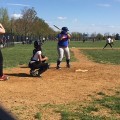
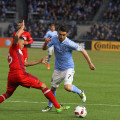
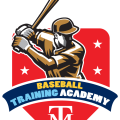
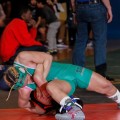











Follow Us